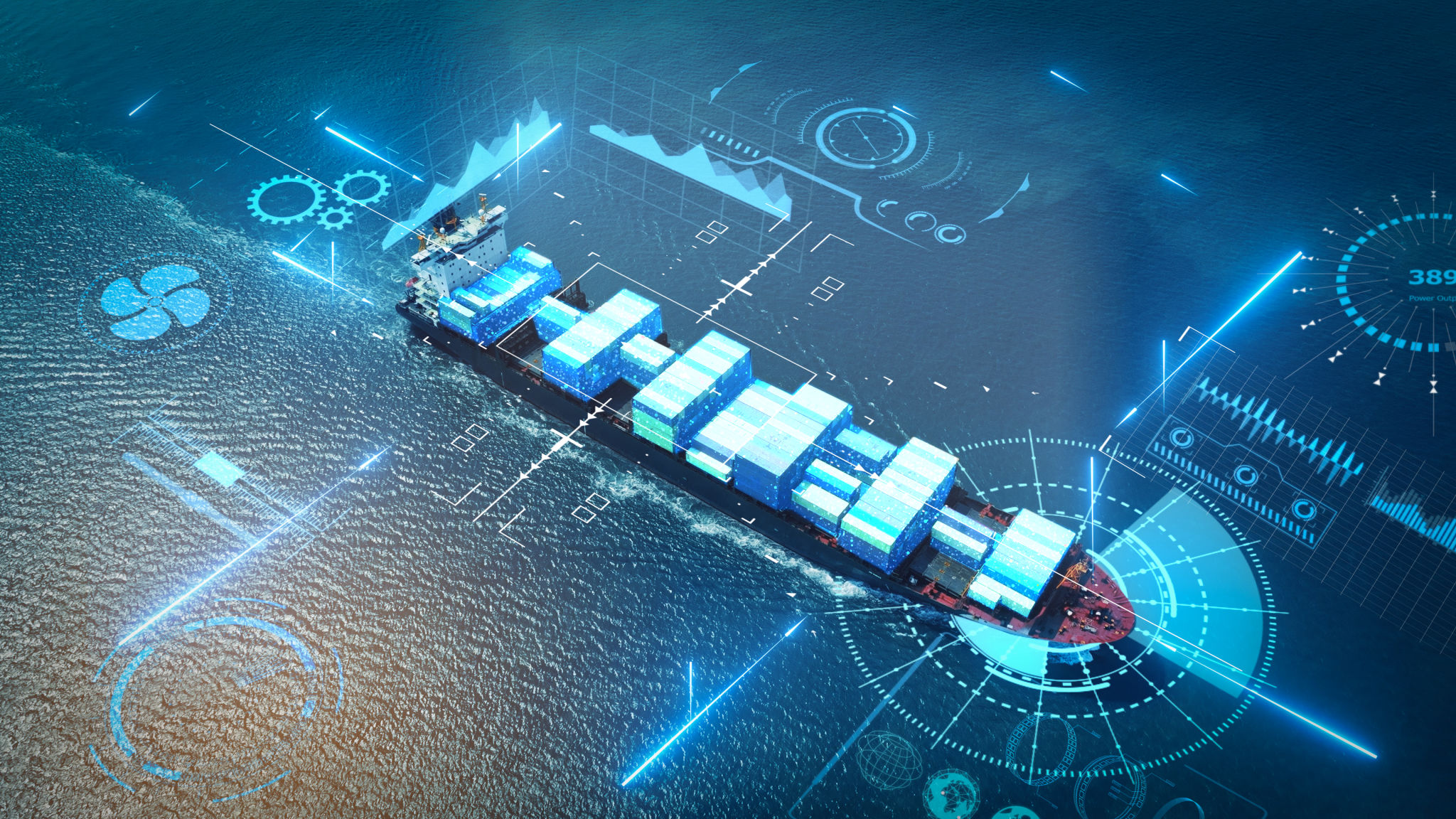Understanding Digital Freight Matching: The Future of Logistics
The Rise of Digital Freight Matching
The logistics industry is undergoing a significant transformation, driven by technological advancements that streamline operations and optimize supply chain management. One of the most impactful innovations in recent years is digital freight matching (DFM). This technology is revolutionizing the way shippers and carriers connect, offering a more efficient, cost-effective, and transparent approach to freight logistics.

What is Digital Freight Matching?
At its core, digital freight matching is a technology platform that connects shippers with carriers using real-time data and algorithms. It replaces the traditional freight brokerage model, which often relies on manual processes and lacks transparency. By leveraging digital platforms, DFM allows for quicker and more accurate matching of freight loads with available trucks, reducing downtime and optimizing route planning.
The DFM platforms utilize machine learning algorithms to analyze multiple data points, such as route preferences, fuel costs, and load requirements, to suggest the most suitable matches. This not only enhances the efficiency of the logistics chain but also minimizes human error and reduces operational costs.
Benefits of Digital Freight Matching
Digital freight matching offers numerous benefits for both shippers and carriers. For shippers, it provides access to a larger pool of carriers, ensuring that their goods are transported by reliable partners. The increased visibility into carrier availability and pricing allows shippers to make informed decisions quickly. Moreover, DFM platforms often come with tracking features that enable real-time monitoring of shipments, enhancing transparency and accountability.

For carriers, digital freight matching means reduced empty miles and improved utilization of their fleets. By receiving notifications for available loads that match their criteria, carriers can minimize downtime and maximize their revenue potential. Additionally, the digital nature of these platforms simplifies administrative tasks such as invoicing and payment processing.
Challenges in Implementing Digital Freight Matching
Despite its advantages, implementing digital freight matching comes with its own set of challenges. One major hurdle is the integration of DFM platforms with existing systems. Many logistics companies operate with legacy systems that may not be compatible with newer technologies, requiring significant investment in infrastructure upgrades.
Moreover, there is often resistance to change within organizations. Adopting a new system requires training and a shift in company culture, which can be a slow and complicated process. Ensuring data security and privacy is another critical concern, as the digital nature of these platforms makes them susceptible to cyber threats.
The Future of Logistics with Digital Freight Matching
As digital freight matching continues to evolve, its impact on the logistics industry is expected to grow. The integration of advanced technologies such as artificial intelligence (AI) and blockchain could further enhance the capabilities of DFM platforms. AI can provide predictive analytics to anticipate demand fluctuations, while blockchain can ensure secure and transparent transactions.

The increasing adoption of DFM is likely to lead to more collaborative logistics ecosystems, where data sharing among stakeholders becomes the norm. This will facilitate better decision-making and foster innovation across the supply chain.
In conclusion, digital freight matching represents a significant leap forward in the logistics industry. By embracing this technology, companies can achieve greater efficiency, cost savings, and customer satisfaction. As the landscape continues to change, those who adapt quickly will be well-positioned to thrive in the future of logistics.
